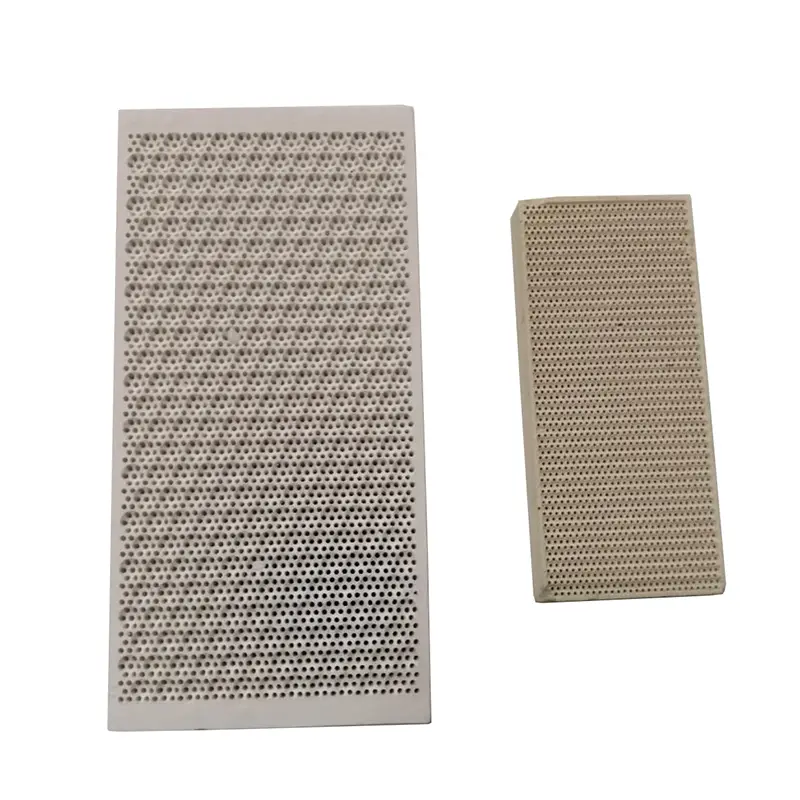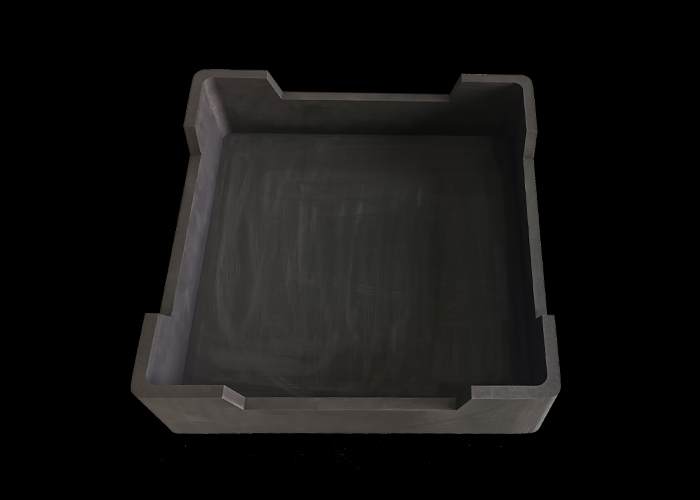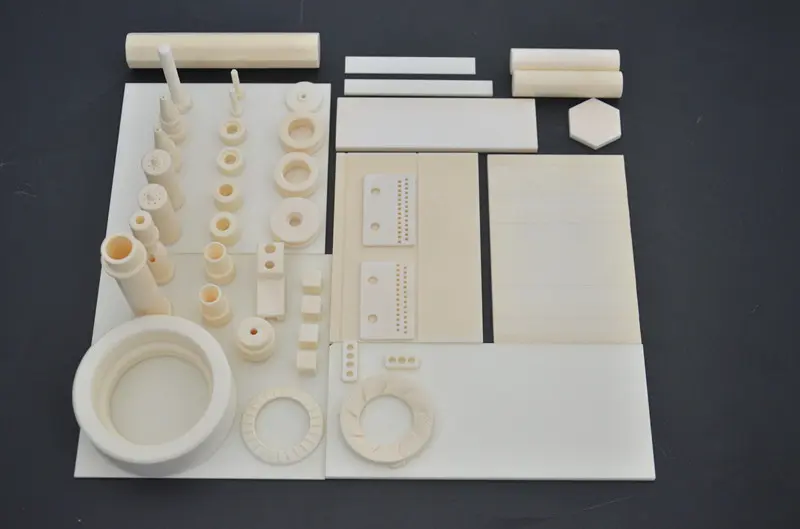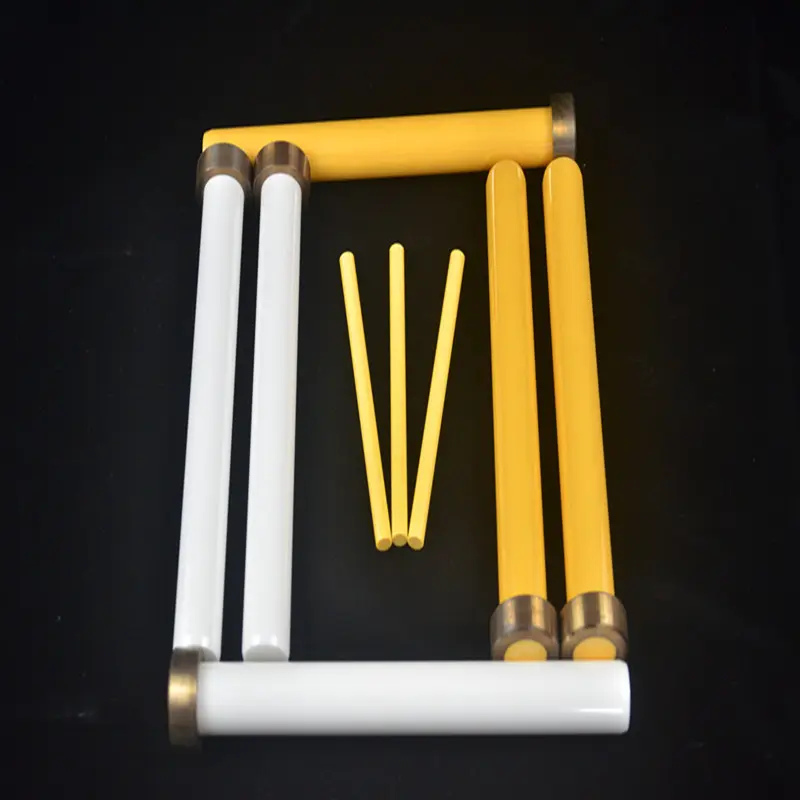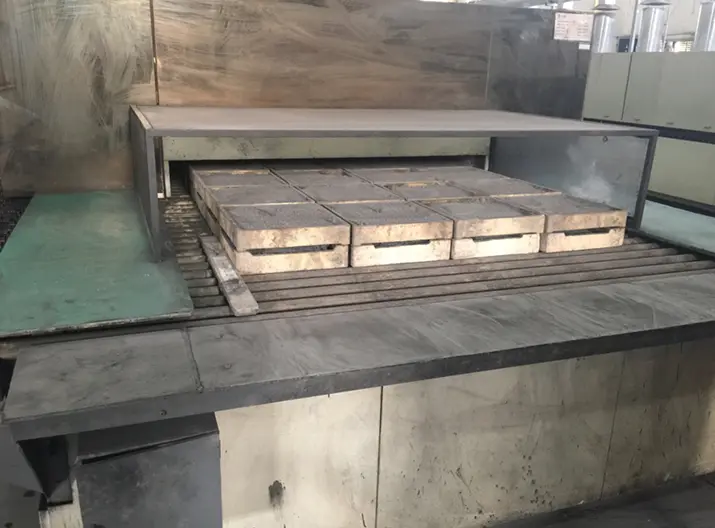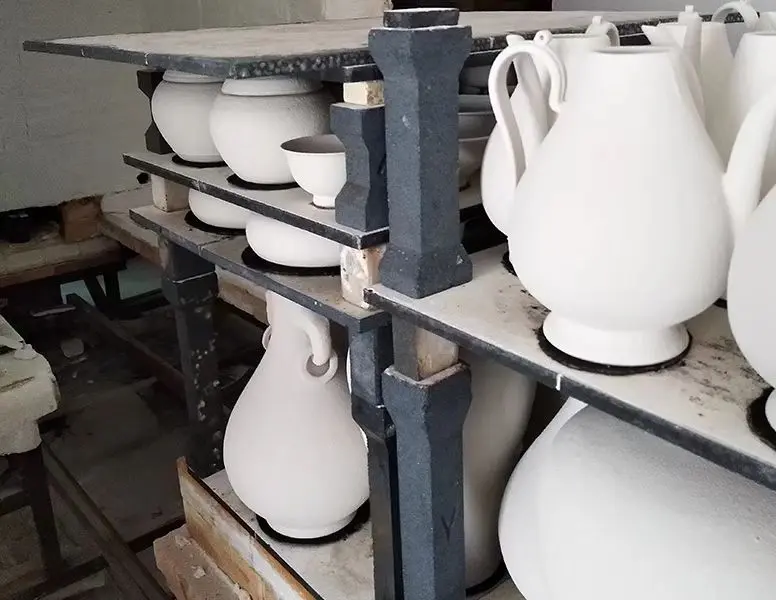Silicon Carbide Ceramics: Market Overview and Application Field Analysis
Market Overview
The silicon carbide ceramics market has been experiencing robust growth, driven by the increasing demand for high-performance materials in sectors such as automotive, aerospace, electronics, and energy. According to recent market research, the global silicon carbide ceramics market is projected to reach several billion dollars by the end of the decade, with a compound annual growth rate (CAGR) of over 10%. This growth is attributed to the material’s unique properties, which make it suitable for a wide range of applications.
One of the key factors contributing to the market’s expansion is the rising need for lightweight and durable materials in the automotive industry. As manufacturers strive to improve fuel efficiency and reduce emissions, silicon carbide ceramics are being utilized in various components, including brake discs, engine parts, and heat exchangers. Their ability to withstand high temperatures and corrosive environments makes them ideal for these applications.
Moreover, the aerospace sector is increasingly adopting silicon carbide ceramics for components that require high strength-to-weight ratios and thermal stability. The material’s resistance to oxidation and thermal shock is particularly beneficial in aerospace applications, where reliability and performance are paramount.
Application Field Analysis
-
Automotive Industry:
The automotive sector is one of the largest consumers of silicon carbide ceramics. The material is used in brake systems, where its high wear resistance and thermal stability enhance performance and safety. Additionally, silicon carbide ceramics are employed in engine components, such as pistons and valves, to improve efficiency and reduce weight. The growing trend towards electric vehicles (EVs) is also driving demand, as SiC ceramics are used in power electronics and battery systems to enhance performance and longevity. -
Aerospace Sector:
In aerospace applications, silicon carbide ceramics are utilized in turbine engines, heat shields, and structural components. The material’s ability to withstand extreme temperatures and its lightweight nature make it an ideal choice for aerospace engineers looking to improve fuel efficiency and reduce overall weight. Furthermore, the increasing focus on developing more efficient and environmentally friendly aircraft is expected to boost the demand for silicon carbide ceramics in this sector. -
Electronics and Semiconductors:
The electronics industry is another significant market for silicon carbide ceramics. With the rise of high-power and high-frequency applications, SiC ceramics are being used in semiconductor devices, such as diodes and transistors. Their superior thermal conductivity and electrical properties enable better performance in power electronics, making them essential for applications in renewable energy systems, electric vehicles, and advanced telecommunications. -
Energy Sector:
Silicon carbide ceramics are gaining traction in the energy sector, particularly in renewable energy applications. The material is used in solar panels, wind turbines, and energy storage systems due to its durability and resistance to harsh environmental conditions. As the world shifts towards sustainable energy solutions, the demand for silicon carbide ceramics in this field is expected to grow significantly. -
Defense and Aerospace:
The defense sector also utilizes silicon carbide ceramics for armor systems and protective gear. The material’s lightweight and high-strength properties make it suitable for ballistic protection, while its thermal stability is advantageous in high-temperature environments. As defense budgets increase globally, the demand for advanced materials like silicon carbide ceramics is likely to rise.
Challenges and Future Outlook
Despite the promising growth prospects, the silicon carbide ceramics market faces several challenges. One of the primary hurdles is the high cost of production, which can limit the widespread adoption of SiC ceramics in cost-sensitive applications. Additionally, the manufacturing process for silicon carbide ceramics can be complex and requires specialized equipment, which may pose challenges for smaller manufacturers.
However, ongoing research and development efforts are focused on improving production techniques and reducing costs. Innovations in manufacturing processes, such as additive manufacturing and advanced sintering techniques, are expected to enhance the scalability and affordability of silicon carbide ceramics.
In conclusion, the silicon carbide ceramics market is poised for significant growth, driven by its diverse applications across various industries. As the demand for high-performance materials continues to rise, silicon carbide ceramics will play a crucial role in shaping the future of advanced manufacturing and technology. With ongoing advancements in production methods and increasing awareness of the material’s benefits, the silicon carbide ceramics market is set to thrive in the coming years.


